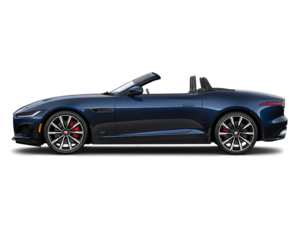The Jaguar AWD System Explained
October 20 2022,

The Jaguar all-wheel drive system is a very sophisticated system that is engineered to provide the best compromise between traditional sports car dynamics and safe all-weather handling. Here is how it works.
A predictive system
In order to preserve the acclaimed driving dynamics of Jaguar vehicles, the all-wheel drive system found in the brand’s vehicles is set up to send 90% of the engine’s torque to the rear wheels when driving around on dry pavement. This power split changes seamlessly as soon as slippery conditions are detected in order to preserve the performance and stability of the vehicle. Unlike part-time systems, the Jaguar all-wheel drive system is always active and it is able to predict when traction is about to be lost. This allows it to prepare in advance by sending more power to the wheels that are expected to remain touching solid ground, thus improving the safety and capabilities of the vehicle.
Adaptive Surface Response
This technology works alongside the all-wheel drive system by being able to detect the kinds of terrain the vehicle is driving on automatically. This is important since different surfaces interact in different ways with the tires and powertrain of a vehicle. The modes included in the Adaptive Surface response system include snow, mud, and sand. This makes sure the vehicle is ready for any challenges that could be posed by road conditions. In addition, this system can detect when the road has become dry again in order to revert back to its rear-wheel drive bias.
The different Jaguar AWD systems
Every Jaguar vehicle is available with all-wheel drive, which means that there are a few different systems offered by the brand. Indeed, the F-Pace and the E-Pace SUVs have a system that is more focused on safety and capability while the F-Type is equipped with an all-wheel drive system that has the goal to increase its performance even more. Since it is electric, the I-Pace uses an entirely different system that employs two electric motors and no physical link between the front and rear axles.




